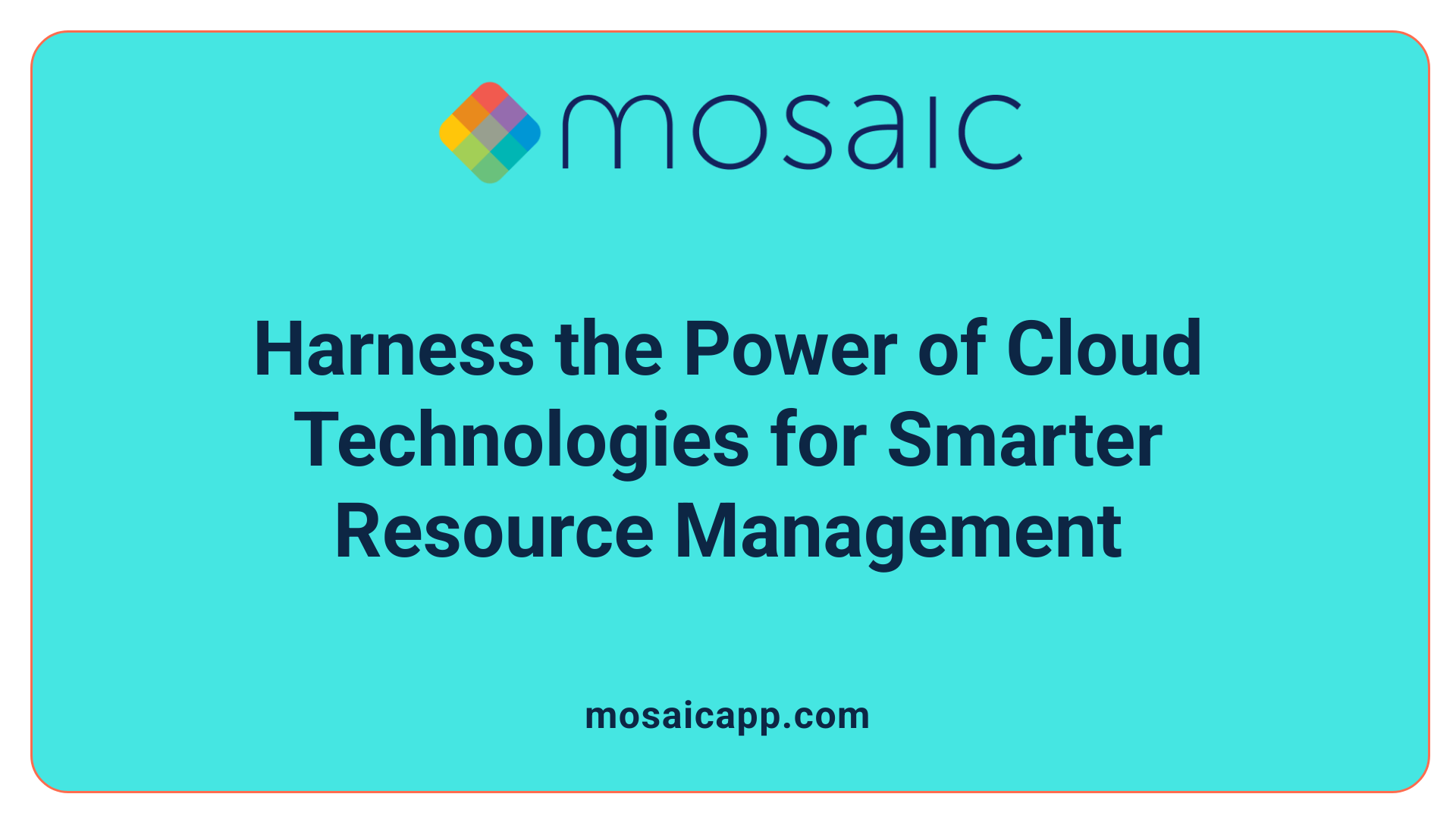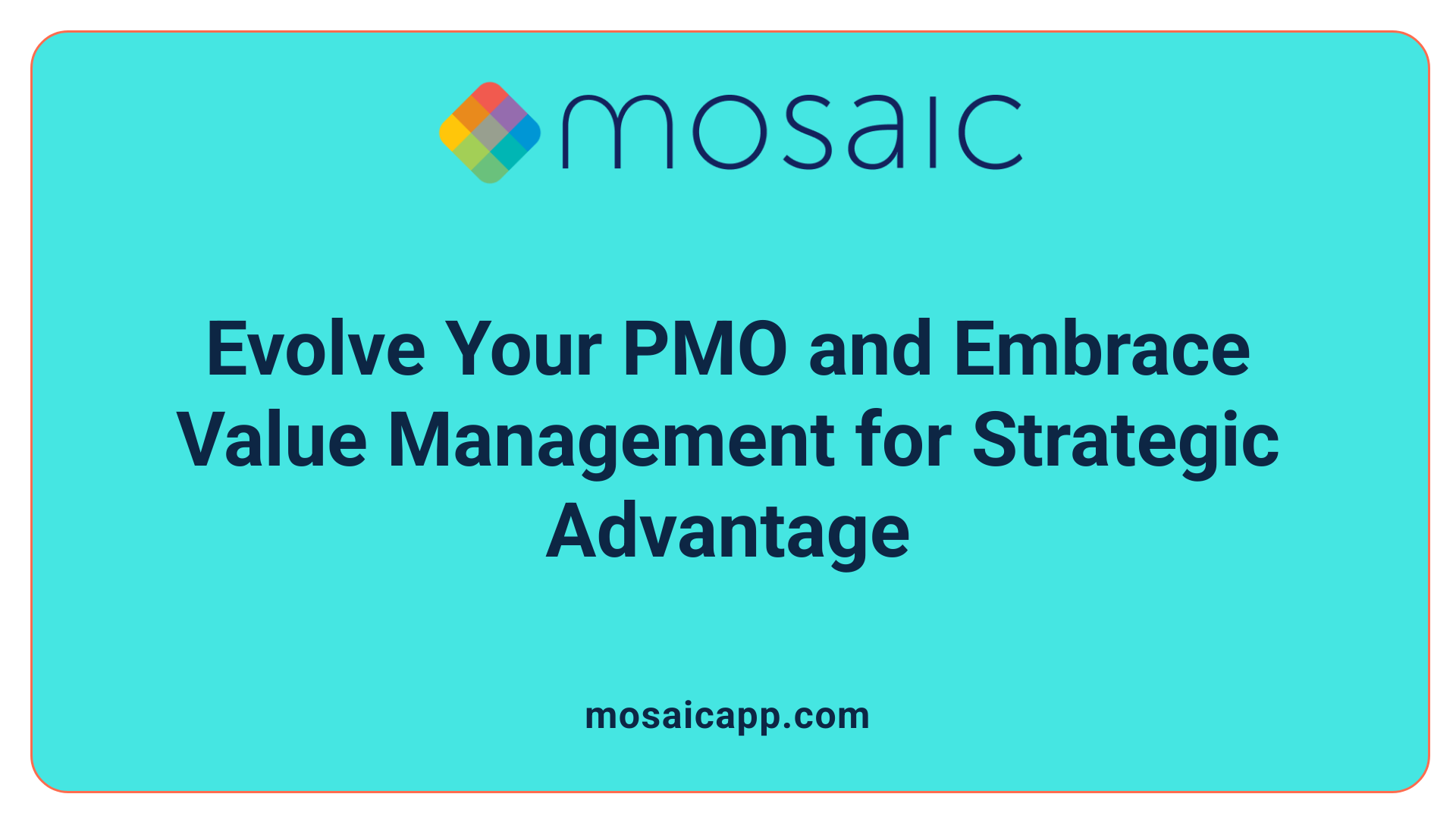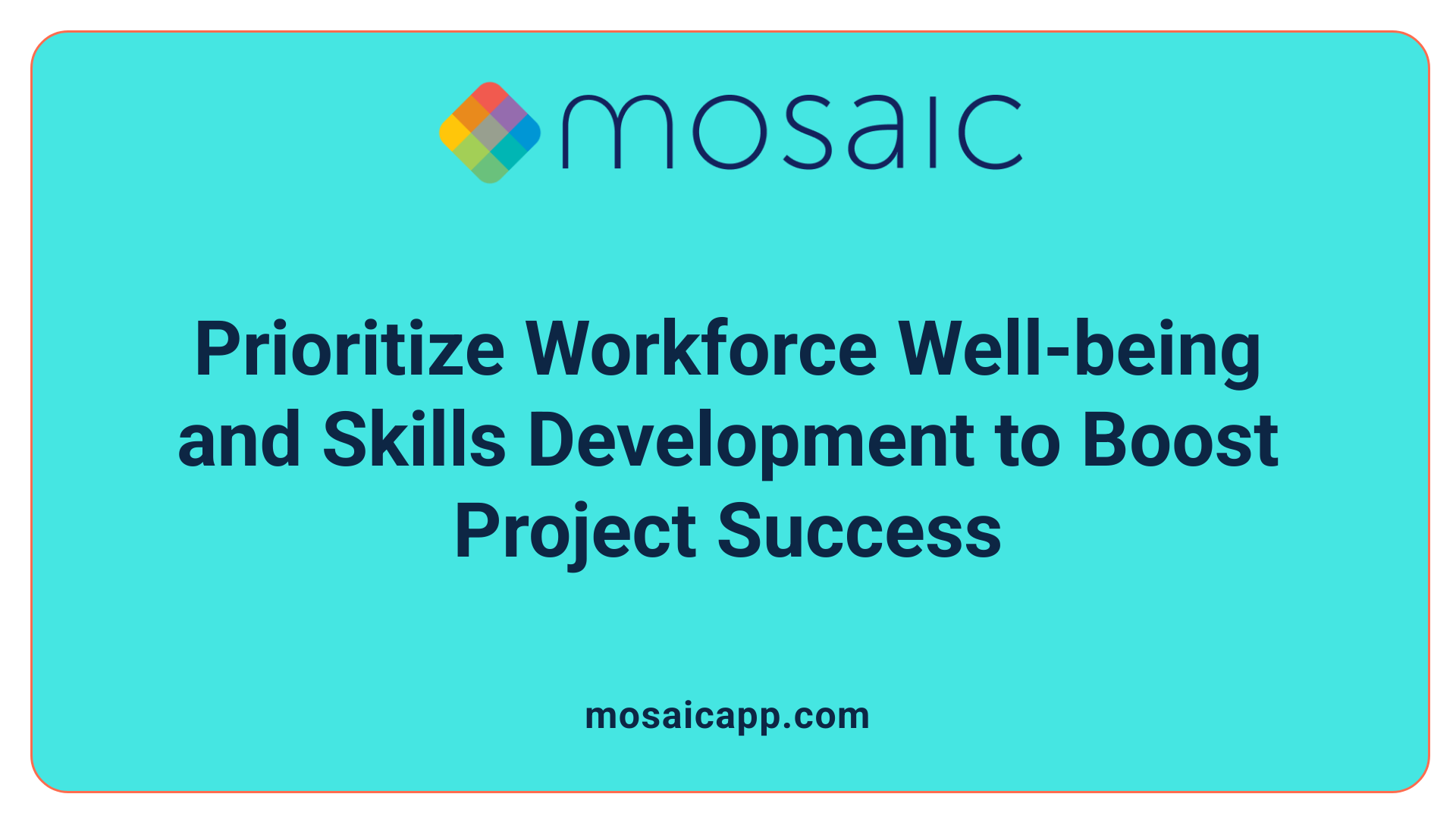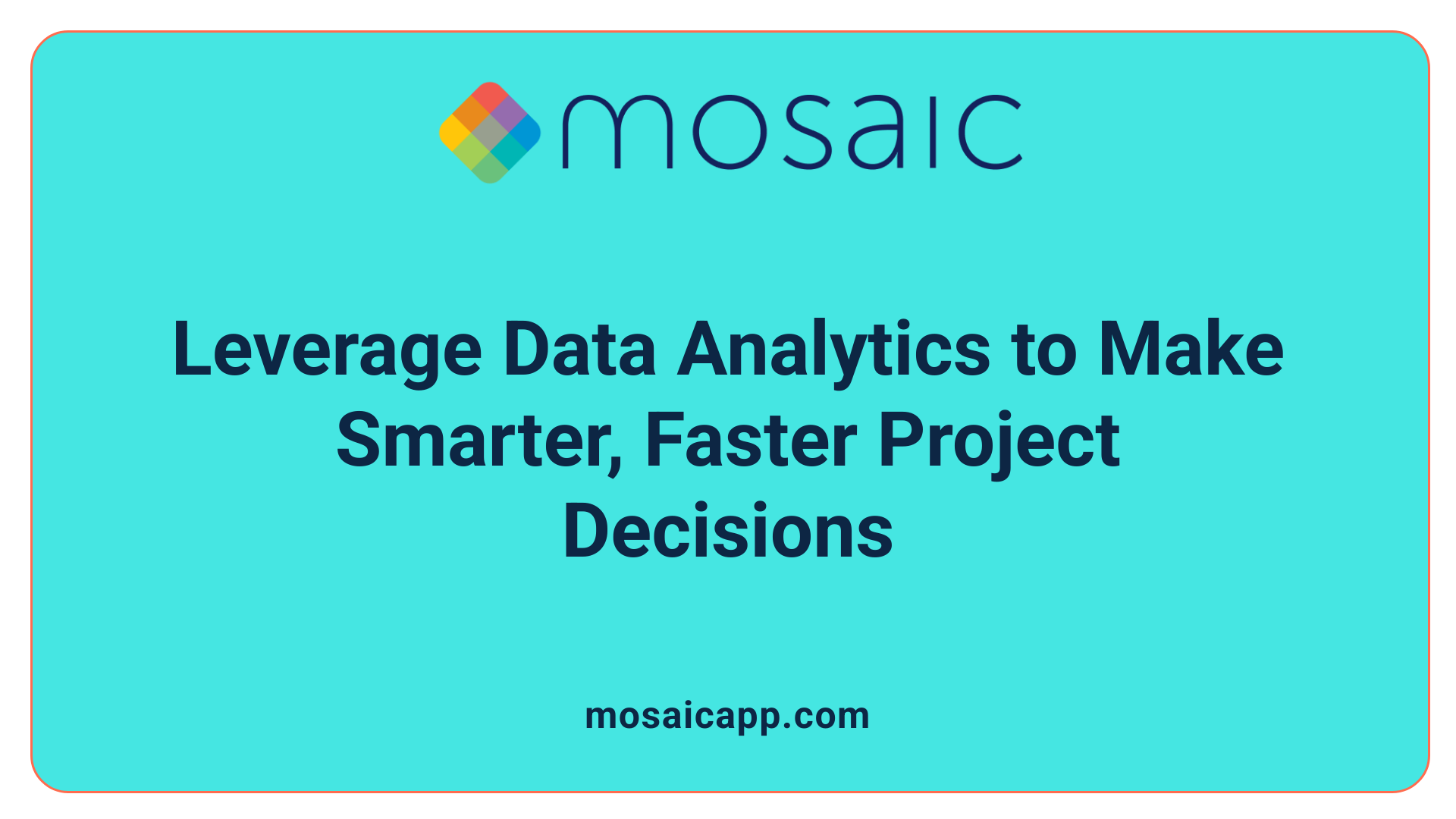Navigating the New Landscape of Resource Management
As agencies prepare for the challenges and opportunities of 2026, resource management stands at the forefront of transformation, driven by rapid technological advances and evolving project complexities. This article explores how emerging tools, especially artificial intelligence, integrated communication, and agile methodologies, are reshaping the management of resources within agencies. The narrative emphasizes how these changes enable enhanced collaboration, decision-making, and strategic alignment essential for meeting future demands efficiently and sustainably.
Artificial Intelligence: The Backbone of Future Resource Management
How Will AI Support Project Managers in Resource Management by 2026?
Artificial intelligence is set to revolutionize resource management in project environments by automating routine tasks, thus saving time and minimizing human error. Tasks like progress tracking, report generation, and communication updates will be handled efficiently by AI tools, allowing project managers to focus on higher-level strategic activities.
AI Automation in Routine Project Tasks
AI-driven automation tools can continuously monitor project progress and generate comprehensive reports without manual input. This automation accelerates administrative work and ensures consistent data accuracy. It also relieves project participants from overstrain by reducing repetitive workload.
AI for Decision-Making and Risk Mitigation
By analyzing vast historical data sets and project metrics, AI can forecast potential delays, bottlenecks, and budget overruns. This predictive insight enables proactive risk management, empowering project managers to implement timely corrective actions and reduce uncertainties.
AI-Driven Resource Allocation and Scheduling Optimization
AI optimizes resource utilization by assessing team members' skills, availability, and associated costs. It enhances multi-project scheduling and resource leveling, ensuring an efficient workflow that adapts dynamically to project changes and complex environments.
Virtual Assistants and AI-Powered Communication Tools
AI-powered virtual assistants and chatbots provide on-demand support to project teams. They improve communication by offering real-time guidance, answering queries, and analyzing team interactions for sentiment and issue identification. This integration helps resolve conflicts and boosts collaboration effectiveness.
The integration of AI technologies into project management is transforming resource handling into a more adaptive, data-driven, and intelligent process, indispensable for meeting the increasing demands and complexity of projects approaching 2026.
Cloud-Based and Integrated Project Management Technologies

Growth of Cloud-Based Tools
The rise of cloud-based project management tools is transforming how agencies manage resources and execute projects. These tools allow project data and resources to be accessed anytime and anywhere, significantly enhancing flexibility.
Integration of Communication Channels with Project Tasks
Modern project management platforms now integrate live communication channels, such as chat systems, directly into project planning tools. This integration ensures that team members can share knowledge effortlessly and stay aligned on task progress.
Collaboration Across Platforms and Organizations
Cloud-based solutions support collaboration not only within teams but also across different organizations. This cross-platform connectivity fosters better coordination and resource sharing, essential for complex, multi-team projects.
What role will cloud-based project management tools play in agency resource management?
Cloud-based tools will play a central role by providing seamless, real-time access to project data and communications. This improved transparency facilitates more responsive and efficient resource management. By linking live communication directly to project tasks, agencies can enhance knowledge sharing and coordination, enabling smarter allocation and better oversight of resources.
Evolving Project Complexity and Hybrid Methodologies
Increasing Complexity in Agencies' Projects
Projects in agencies are facing rising complexity due to diverse stakeholder needs, technological changes, and evolving regulatory demands. This complexity demands a deeper understanding and careful coordination across numerous interdependent tasks and teams. Agencies must handle intricacies such as multi-level scheduling and dynamic resource allocation that can span multiple projects simultaneously.
Use of Hybrid Project Management Approaches
To effectively manage this complexity, agencies are increasingly adopting hybrid project management methodologies. These combine the structured predictability of traditional Waterfall techniques with the flexibility and iterative nature of Agile methods. This blended approach allows teams to respond swiftly to changing conditions while maintaining overall project timelines and deliverable quality.
Inclusion of ESG Criteria in Planning
Sustainability and social responsibility factors—commonly referred to as Environmental, Social, and Governance (ESG) criteria—are becoming integral to project planning. Agencies are embedding these considerations to ensure their projects not only meet operational objectives but also support long-term environmental protection and social value creation.
How Will Rising Project Complexity Influence Resource Management Strategies?
As projects grow in complexity, resource management must evolve beyond simple allocation and scheduling. Agencies need to employ advanced multi-level scheduling techniques that can accommodate the varying demands of multiple projects and teams. Incorporating ESG standards also requires resource managers to consider not just capacity and skills but the sustainability impact of resource decisions. The result is more strategic, flexible, and socially conscious resource management aligned with the evolving project landscape.
Strategic Evolution of PMOs and the Rise of Value Management Offices

How are PMOs expected to evolve in the 2026 agency resource management landscape?
Project Management Offices (PMOs) are undergoing a significant transformation, evolving from traditional support centers into strategic business units. This shift is powered by the growing complexity of projects and the increasing need for robust portfolio and resource management strategies. By 2026, PMOs will take on heightened responsibilities, focusing not only on standard project oversight but also on strategic allocation of resources across projects to ensure optimal performance and value delivery.
Portfolio and resource management at scale
Modern PMOs are tasked with managing multiple simultaneous projects that often compete for limited resources. They are adopting specialized tools over traditional spreadsheets like Excel, allowing for greater flexibility, scalability, and real-time data-driven decision-making. These tools enhance the PMO's capability to plan and allocate resources efficiently, identify bottlenecks, and foresee potential risks before they impact project success.
Beyond managing resources, PMOs are becoming more involved in evaluating the overall project portfolio. This includes assessing ongoing projects for viability and potential, as well as making difficult but necessary decisions to terminate weaker projects early. Such actions prevent resource wastage and focus efforts on high-impact initiatives, ultimately improving organizational agility and success rates.
Value Management Office functions and impact
An important evolution parallel to PMOs is the emergence of the Value Management Office (VMO). The VMO shifts focus toward maximizing business value by ensuring projects align strategically with organizational goals. It tracks value metrics rigorously and steers resource prioritization to projects with the highest return on investment.
Moreover, VMOs play a crucial role in risk management by evaluating risks at the portfolio level and recommending proactive measures. Their holistic view and strategic oversight contribute to making informed decisions on whether projects should continue, pause, or cease, optimizing resource use and business impact.
This evolution of PMOs into strategic units, complemented by the VMO's value-centered approach, reflects the increasing maturity of project and resource management practices. It enables agencies and organizations to navigate the complex 2026 landscape with increased efficiency, effectiveness, and strategic alignment.
Addressing Workforce Challenges: Upskilling and Well-being in Resource Management

What workforce challenges will influence resource management approaches?
Project teams are increasingly experiencing overstrain due to a combination of global crises, rapid technological changes, and growing project complexity. This rising stress level among participants underscores the urgent need for enhanced support systems and comprehensive skills development to maintain productivity and well-being.
How is skills development evolving in project management?
To meet these challenges, the skill set for project managers and team members is expanding beyond traditional technical capabilities. Soft skills such as emotional intelligence and adaptability are becoming critical for navigating complex project dynamics and supporting team health.
At the same time, digital competencies are essential. These include proficiency in data science, decision-making technologies, and regulatory knowledge—skills that enable project professionals to leverage AI-driven insights and automation effectively.
Why is well-being a priority in resource management?
Supporting well-being is not just about managing workload but also about fostering resilience and engagement through better communication and emotional support. Modern resource management strategies recognize this by incorporating practices that promote mental health and reduce burnout.
How will this affect future resource management?
Resource management will evolve to integrate these human-centered approaches, ensuring team members have both the technical tools and the personal support needed to thrive. This shift will improve overall project outcomes by creating more sustainable and adaptable project environments.
| Challenge | Required Development Focus | Impact on Resource Management |
|---|---|---|
| Overstrain due to crises and complexity | Emotional intelligence, adaptability, stress management | Prioritize well-being and resilience-building within teams |
| Technological change | Digital skills including data science, AI literacy, regulatory knowledge | Equip teams to use AI-enhanced tools, improve decision-making |
| Increasing project complexity | Soft skills blended with hybrid methodologies | Facilitate agile responses and flexible resource allocation |
Data Analytics and Performance Monitoring: Enhancing Decision Accuracy

How will data analytics improve resource management efficiency and decision-making?
Real-time data analytics, driven by AI, are transforming resource management in project environments by offering continuous, accurate insights into project metrics like budget adherence, schedule compliance, and quality targets. This technology enables project managers to quickly identify trends and detect anomalies that may indicate emerging issues.
By analyzing historical and current project data, AI-powered tools support proactive risk management by forecasting potential delays and budget overruns. This foresight allows timely adjustments in resource allocation, ensuring that team members and materials are optimally deployed to maintain project momentum.
Furthermore, performance analytics enable ongoing monitoring of project health, empowering managers to make informed decisions that improve efficiency and responsiveness. With the integration of these analytics, projects benefit from dynamic adaptations rather than reactive corrections, which is crucial in complex and fast-changing environments.
In addition to optimizing existing resources, AI-based data analytics facilitate multi-project management by balancing workloads and identifying bottlenecks across portfolios. This comprehensive oversight ensures that strategic priorities align with operational capabilities, enhancing overall project success.
The seamless integration of data analytics into project management also aids communication, as real-time insights can be shared directly with teams, improving transparency and collaborative problem-solving. Such capability is vital as projects continue to increase in complexity and require sophisticated coordination across various roles and stakeholders.
Automation and AI-Enhanced Collaboration Tools
Automation of reporting, scheduling, and communication
Automation is reshaping project management by taking over routine tasks such as progress tracking, report generation, and scheduling updates. This frees project managers from time-consuming duties, enabling them to concentrate on higher-level strategic initiatives. AI-driven automation also reduces human error and accelerates processes, ensuring projects remain on track with real-time, accurate information.
AI’s role in analyzing team interactions
AI-enhanced collaboration tools go beyond simple automation by actively analyzing team communication. These tools scan conversations for insights, sentiment, and recurring issues within chat and communication channels directly linked to project tasks. This analysis provides managers with a clearer understanding of team dynamics and helps highlight potential conflicts or misunderstandings early.
Improvement in team dynamics and conflict resolution
By leveraging AI’s ability to interpret communication patterns and sentiment, project managers can foster better team cohesion. Early detection of tensions or misaligned perspectives enables timely interventions and effective conflict resolution. This proactive approach improves collaboration, knowledge sharing, and overall team performance, creating a more supportive project environment.
In what ways will automation and AI collaboration tools transform agency resource management?
Automation relieves managers from routine duties like scheduling and reporting, allowing a greater focus on strategic tasks that drive project success. AI-enhanced collaboration tools analyze communication within teams to uncover insights and sentiment, facilitating improved team dynamics and early conflict resolution. Together, these advances streamline workflows, enhance coordination, and promote a more cohesive and efficient project team.
Preparing for Increased Workload and Complexity in Future Agency Projects
Anticipated Heavier Workloads and Client Challenges
The 2026 enrollment season for health insurance agencies is expected to bring a significant increase in workload. Approximately 70% of agents anticipate a busier season, driven by fewer carrier options, changes in plan coverage, and rising premiums. These factors contribute to more complicated project demands and heightened pressure on agencies to deliver.
Clients are facing notable concerns, primarily surrounding carrier plan changes (35%), healthcare affordability (33%), and misinformation or confusion (29%). These issues complicate the client-agency relationship, challenging agencies to provide clear, accurate guidance.
Need for Enhanced Communication to Handle Client Confusion and Market Changes
To navigate these complexities effectively, communication must be embedded directly into project planning. Integrated platforms that link live communication channels such as chat with specific project tasks improve knowledge sharing and responsiveness. Early and transparent communication builds trust, reduces confusion, and aligns client expectations with market realities.
Agencies must prioritize clear, consistent messaging addressing client worries about plan availability and affordability. Education and proactive engagement are essential in mitigating misinformation and ensuring clients understand the impact of market trends.
Automation as a Response to Increasing Complexity and Workload
With workloads rising and projects becoming more complex, agencies benefit significantly from automation. AI-powered tools can handle routine tasks such as scheduling, progress updates, and reporting, thereby lessening human error and saving valuable time.
Automation also supports resource management by analyzing skills, availability, and costs to optimize workforce allocation. This approach ensures that teams are efficient and bottlenecks are minimized amidst growing project complexity.
Embracing automated, AI-enhanced project management solutions enables agencies to meet demands confidently, maintain client satisfaction, and focus on strategic growth.
How Should Agencies Prepare Resource Management for Increasing Workloads and Client Demands in 2026?
Agencies should adopt automation technologies to cope with the increasing workload resulting from market complexities and client concerns. By integrating clear, consistent communication strategies and leveraging AI for resource allocation and risk management, agencies can maintain operational efficiency. This balanced approach fosters improved client support and successful navigation of the evolving health insurance landscape.
Comprehensive Project Management Software for Multi-Project Environments
What is the future role of comprehensive project management software in agency resource management?
As projects grow increasingly complex and agencies handle multiple initiatives simultaneously, comprehensive project management software is becoming indispensable. Advanced tools like Epicflow are designed specifically to support multi-project environments by optimizing resource allocation and prioritization in real time.
These platforms utilize real-time data analysis to dynamically balance workloads across various projects, helping managers respond quickly to shifting priorities and resource availability. This level of insight ensures that agencies can deploy their resources more strategically, improving overall project outcomes and minimizing bottlenecks.
Use of advanced software like Epicflow
Epicflow stands out as a solution tailored to the demands of multi-project management. It integrates skills-based resource capacities, project prioritization frameworks, and live status updates to create a holistic view of all ongoing projects. By consolidating data sources and providing clear visibility, it reduces reliance on manual spreadsheets and fragmented tools.
Optimizing multi-project resource allocation
A significant feature of these sophisticated tools is their ability to analyze current and upcoming workloads to detect resource imbalances early. This proactive approach prevents overstrain on team members and maximizes efficient utilization across projects. It also supports collaborative planning by involving all roles from project managers to team members in resource discussions.
Real-time prioritization and data-driven insights
Through continuous monitoring and predictive analytics, software like Epicflow offers dynamic prioritization of tasks based on evolving project demands. Managers receive actionable data-driven insights to anticipate delays and adjust allocations before challenges escalate. This facilitates agile decision-making and supports better portfolio-level governance.
Overall, comprehensive project management software is positioned to transform how agencies orchestrate multi-project landscapes, enabling smarter, faster, and more flexible resource management aligned with strategic goals.
Strategizing for a Smarter, More Agile Future
Looking ahead to 2026, agency resource management will be fundamentally reshaped by advancements in AI, integrated technology platforms, and evolving methodologies. Agencies that adopt these innovations and prioritize upskilling, data-driven decision-making, and agile, sustainable practices will be best positioned to navigate growing project complexities and workload demands. The future points to a more strategic, efficient, and human-centric resource management landscape, enabling agencies to deliver higher value and adaptability in an ever-changing environment.


